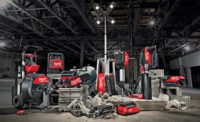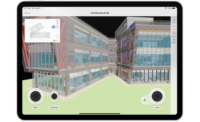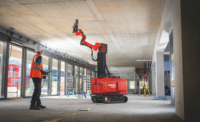Getting the most out of a gas turbine is key to managing power grids around the world, where shaving seconds off start-up and shut-down times keeps utilities afloat. So gas turbine manufacturer Mitsubishi Hitachi Power Systems is now looking to machine-learning algorithms to keep their turbines optimized at a new test facility in Japan.
“When we talk about A.I., this kind of machine learning right now is for operations and maintenance,” says Todd Brezler, vice president of marketing for MHPS Americas. “We’re looking at unplanned downtime. It’s more of an opportunity to understand and detect failures before they happen.”
The software will monitor turbine condition and offer minute adjustments to optimize the cooling flow and overall performance. Turbines such as MHPS’s M501J have a standard output of 330 MW to 420 MW, which can be significantly boosted when used in a combined cycle plant. These turbines operate at 3,600 rpm with exhaust temperatures of roughly 1,200° F, so monitoring performance to make adjustments to maintain efficiency takes a great deal of data analysis. “Right now the A.I. is just making recommendations,” says Brezler. “Instead of a whole team trying to figure out what went wrong, the first recommendation will come from the A.I.”
Testing of the A.I. will be conducted at a new facility at Mitsubishi Heavy Industries’ Takasago Works facility in Takasago, Hyogo Prefecture, Japan. The plant, named TOMONI Point 2, will be modeled on the existing TOMONI Point 1 facility, which runs MHPS gas turbines through their paces while delivering megawatts of power to the local grid through utility Kansai Electric. MHPS expects it will commission TOMONI Point 2 in late 2019 or early 2020.
With nearly 20 years of performance data from remote monitoring of its gas turbines in the field, MHPS already has a large trove of data to feed its algorithm. But Brezler says MHPS expects the A.I. to move beyond an advisory role into actively managing gas turbines in the future. “At some point the A.I. will know what is needed and order parts ahead of time. It can be a self-healing system for operations and maintenance.”








Post a comment to this article
Report Abusive Comment